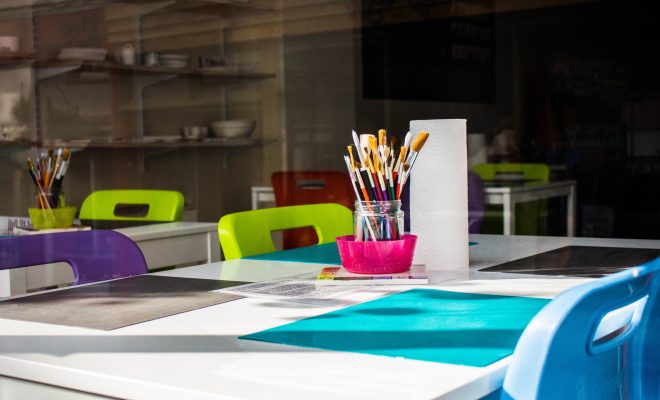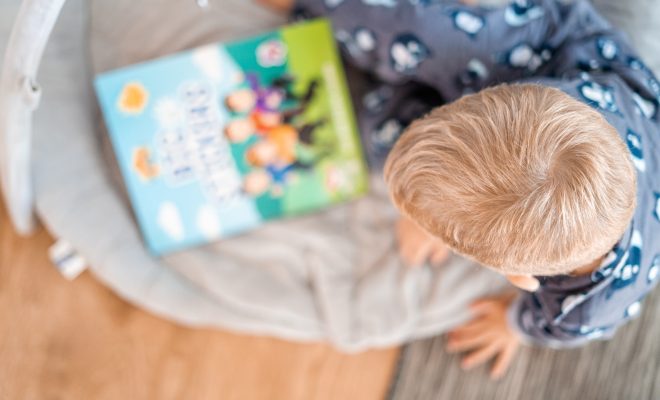Gamifying a Social Studies Unit

Gamifying or gamification is one of the latest methods employed by creative teachers at all grade levels. It is not only the use of online games to replace teaching, but rather the use of what makes online games engaging and motivating in the classroom.
Think of gamifying a lesson or a unit as a way to bring in the characteristic of an online game into the classroom to create a more stimulating, positive and multi-modal learning experience for the students. It is also a great way to provide a lot of interaction and student directed learning, allowing kids to highlight the way they learn and their own personal growth in non-standardized ways.
Let Students Design the Game
Older students can design the game, after all, they have years of experience. This includes determining quests, challenges, and points. This in itself is a great social studies activity working on a compromise, conflict resolution and even on elements of democracy.
Class meetings are held to determine the types of quests or activities and the points, rewards or badges they will earn. This gives the students the responsibility for their own learning. Teachers will need to provide clear objectives and goals for the unit that are linked to the quests and challenges. Students will also need to come up with several ways to be able to demonstrate learning for each objective. These could include quests to complete specific online activities, research projects, quizzes, essays or to demonstrate learning through class presentations, plays, videos or other options.
This information, once determined by the group, can then be displayed on charts and progress bars for individual students or learning teams. Different units will lend themselves more to team learning than others, but teams are important in gamification as they support all students through team interaction and discussions about the topic.
Choices and Results
In social studies, the choices made by different groups or the lack of action of groups or individuals both historically and in the present has an impact on the world. By providing the opportunity to evaluate how actions result in changes or possible changes, students begin to see the relatedness of all aspects of the past, present and future. With multiple learning paths and choices, teams can compare their choices and discuss the alternative outcomes that arise from different choices and paths.
For example, quests could involve creative ways to show:
- What the world would look like if the Industrial Revolution did not occur
- How would America today be different without the Declaration of Independence
- How would history be written if Group X were in power in Country Y in a specific period of time
Role Plays and Team Activities
Providing quests that allow students to become experts about a specific historical figure, event or a current event is an ideal option for gamification. Students can earn points or badges for different ways to synthesize and present the information from a PowerPoint for the class to a written essay or a more creative way of sharing their knowledge.
The quest can involve a scenario, with the player or the team then having to complete the scenario as their figure or group and provide evidence as to why their character would have made those choices.
For example, if studying the early development of the American government, students could each choose a character for the game. They then learn as much about that character as possible and the beliefs that caused that character to advocate for the specific concept in the governmental structure.
Then, with the scenario, choose a current political issue and have students demonstrate through a choice of options how their game character would recommend a solution. Presentation of so many facts would earn x number of points while adding different elements to the quests would boost the point total based on the matrix developed by the class.
While this is a more complex way of understanding, it is engaging and motivating for students and teachers alike. Gamification also allows for more student control over their learning and how they demonstrate that learning in creative ways.






